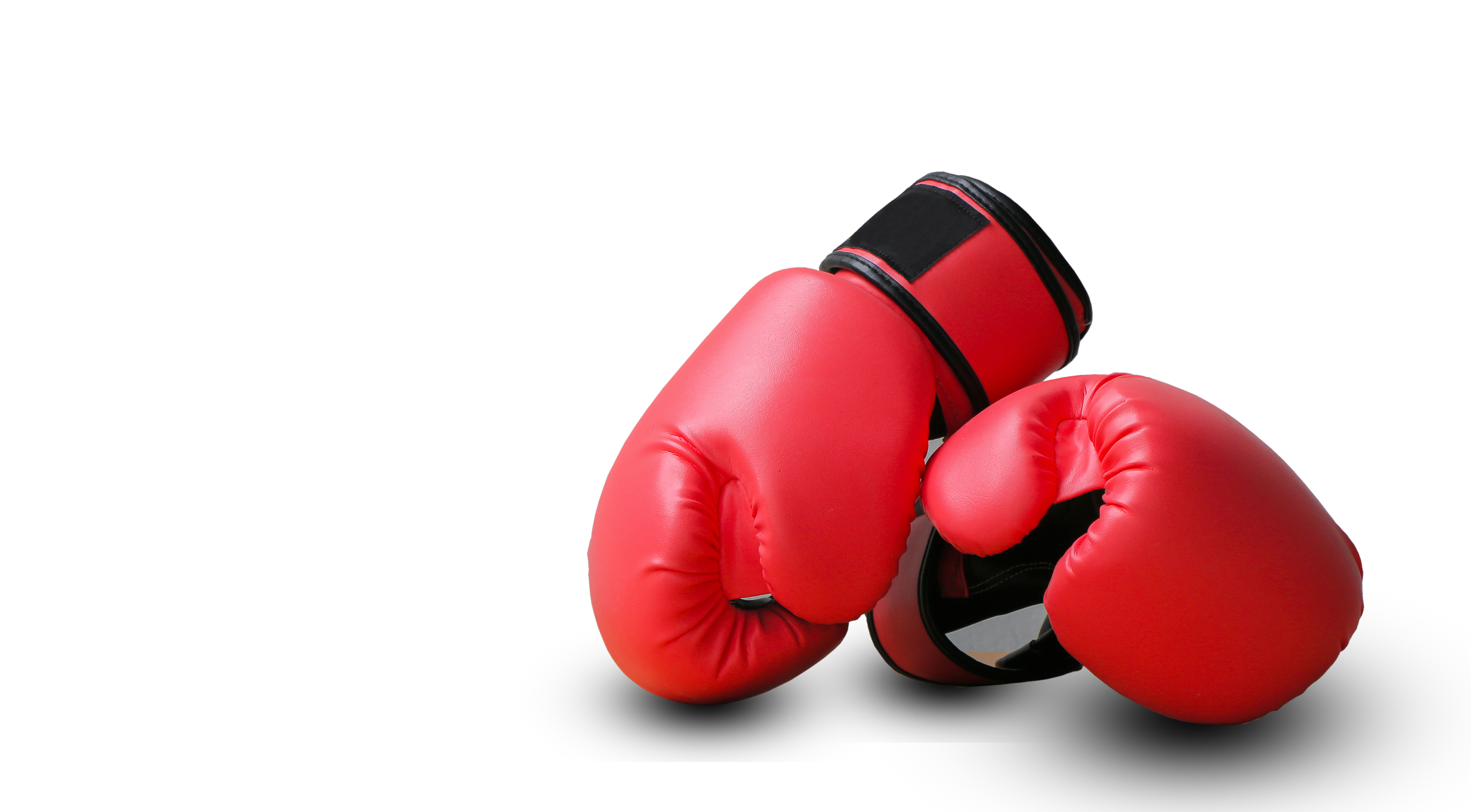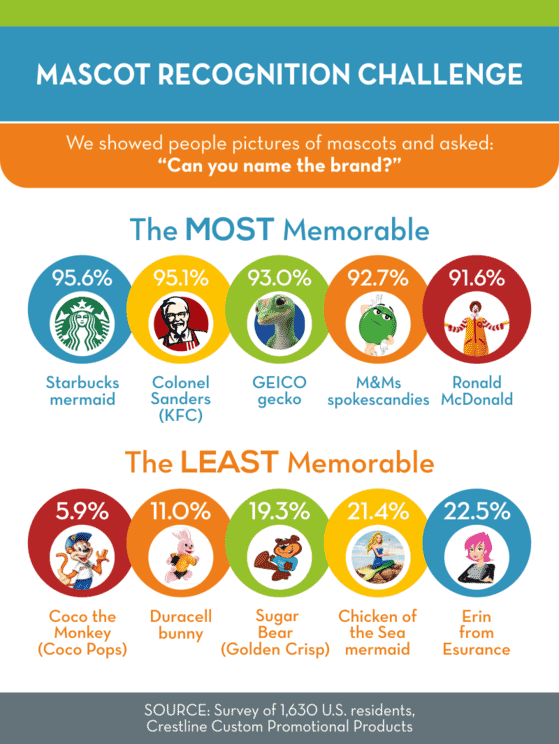If you search Wikipedia for Jack I. Box, the “CEO” and mascot of the fast food chain Jack in the Box, you’ll find an in-depth review of Jack’s history, including details about his first cousin once removed Joey, Jr., or his days as a heavy metal rocker. While the minutiae of Jack Box’s life might not seem directly linked to the sale of fast food, they are central to the impact that Jack had on the Jack in the Box brand, which resurrected Jack as a symbol of its new beginning after a widespread E. coli outbreak was linked to 73 of its locations.
A recent study by Crestline provides some insight into the mascots that have fallen into obscurity and those that have remained fan favorites for decades, or, in the case of Jack I. Box, helped to guide a brand back from the edge of bankruptcy.

Who’s who?
Consumers pitted 82 mascots against one another in contests of familiarity, character and even sexiness. Mascots from Starbucks, KFC, GEICO Insurance, M&Ms and McDonald’s took the top five spots for being most recognizable alongside their respective brands. M&Ms are so well-known that they were recognized equally by both Baby Boomers and Gen Z, whereas brands such as Blue Bonnet and Keebler were over 50% more recognizable to Boomers.
For most brands, it seemed that respondents knew the brand name if they knew the mascot, but the opposite definitely did not hold true. Corn Flakes, for example, were correctly named by 57.9% of respondents, but only 9.2% were able to name Cornelius “Corny” Rooster.
The loved and the hated
Some mascots received recognition but little love, such as Mr. Mucinex, who was rated as the creepiest, most annoying, least trustworthy, least persuasive and least likeable mascot out of all 82 mascots. The Burger King and Jack Box, with their broad smiles and unblinking eyes, followed closely behind Mr. Mucinex as the second and third creepiest.
When cereals were matched against one another, Tony the Tiger came out on top as most likeable, most persuasive and most trustworthy, although the honor of least annoying went to Cornelius “Corny” Rooster, despite his seeming obscurity. Among insurance companies, it makes sense that Dennis Haysbert’s Allstate character was dubbed most persuasive and trustworthy, while the Aflac duck, unsurprisingly, was deemed most annoying (78.4% of respondents correctly identified the duck, so perhaps this title isn’t all bad).
Brands of attraction
Naturally, the study ventured to ask respondents about the fictional sex appeal of these mascots, and the results are as amusing as they are disconcerting. Old Spice’s “The Man Your Man Could Smell Like” came out on top among male contestants, followed closely by the Brawny man. The GEICO caveman came in last, 1.5 points behind the smoking, sunglasses-wearing camel that represents Camel cigarettes. For the ladies Ms. Chiquita of Chiquita bananas won her category, followed very closely behind by the St. Paul Girl and Erin from Esurance (who was deemed too sexy by Esurance and was discontinued as a mascot due to an excess of fan art). Vanessa from Orbit gum surprisingly scored last, a whole four spots behind the Green M&M spokescandy.
Faces that last
It’s interesting to note that, among the top 50 most recognizable brands, there are only four mascots played by actual humans – and none in the top 30. This speaks to the advantages of cartoon mascots, who don’t age, aren’t prone to scandal and don’t mind getting an update now and then. This flexibility allows for a lifespan like that of the Michelin man, who debuted in 1989 when tires were white instead of black. Despite living beyond a time when people could connect his image to a current idea, the Michelin man is still recognized by 80.5% of consumers.

Methodology
The study was conducted online by Crestline Custom Promotional Products, with a total of 1,630 participants. Questions included a combination of open-ended responses and multiple-choice rating scales. For open-ended answers, researchers ignored misspellings and gave credit if responses were phonetically close. The study participants were 53% female and 47% male. They ranged in age from 18 to 77, with a median age of 30. The group included 108 members of Generation Z (ages 18-22), 943 Millennials (ages 23-38), 406 members of Generation X (ages 39-54) and 170 Baby Boomers (ages 55-73).
